- Alfafit.com
- Categories
- Weight Loss
- Dietary food
- Wolfberry Pineapple - lyophilized fruit - freeze-dried 20 g
Wolfberry Pineapple - lyophilized fruit - freeze-dried 20 g
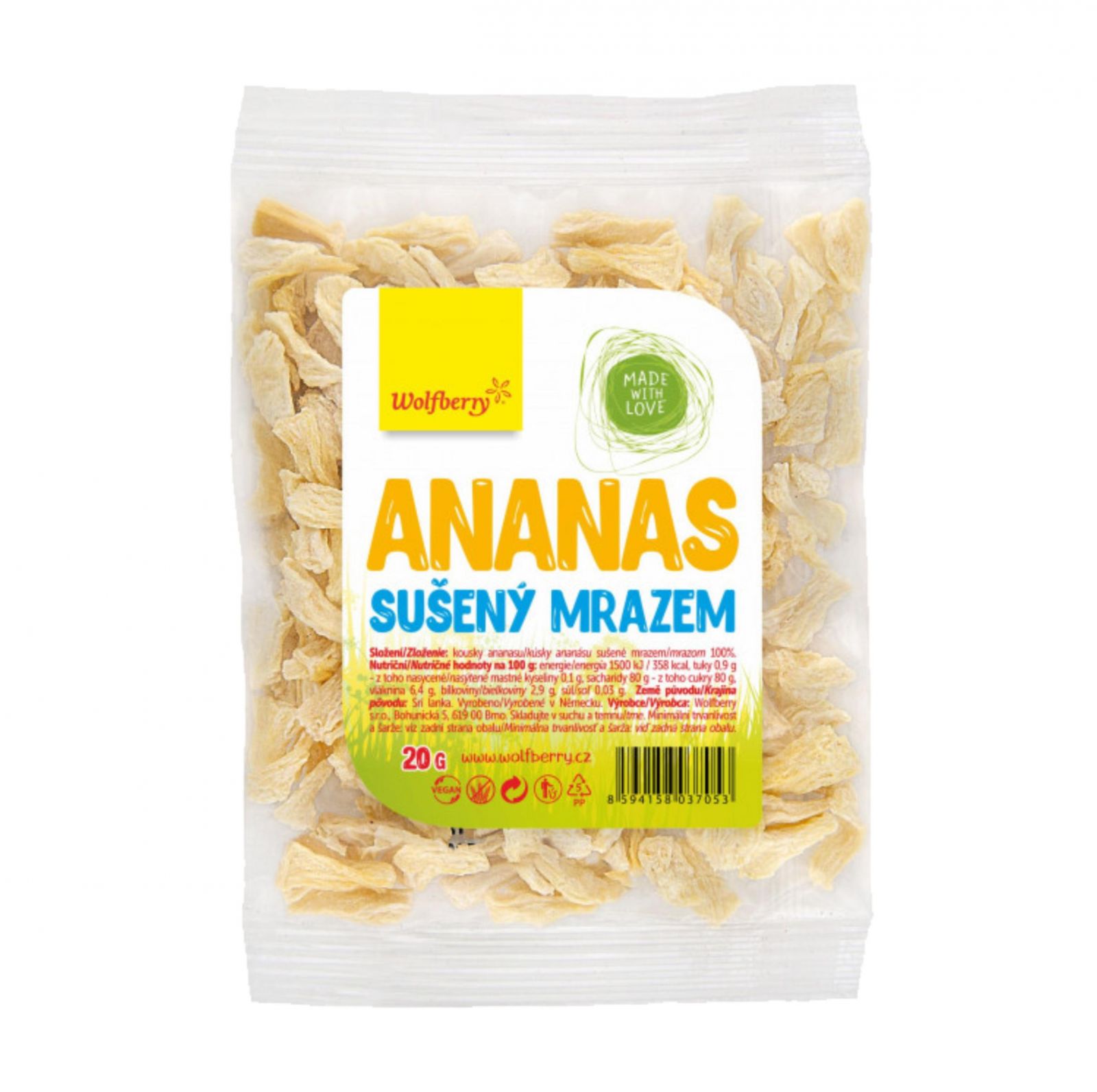
| Code: | 440850 |
| Manufacturer: | Wolfberry |
| Price with VAT : | 34,- CZK |
| VAT: | 12 % |
| Total discount: | 24 % |
| Original price with VAT: | 45,- CZK |
| Availability: | In Stock |
| Category: | !_doplnek stravy / potravina pro zvlastni vyzivu / ostatni_! |
| Seller: | AlfaFIT distribuční s.r.o. IČ: 09337814 |
| Packing: | 20 g |
DESCRIPTION: Wolfberry Pineapple - lyophilized fruit - freeze-dried 20 g
EFFECTS: Wolfberry Pineapple - lyophilized fruit - freeze-dried 20 g
USE: Wolfberry Pineapple - lyophilized fruit - freeze-dried 20 g
WARNING: Wolfberry Pineapple - lyophilized fruit - freeze-dried 20 g
PACKAGING: Wolfberry Pineapple - lyophilized fruit - freeze-dried 20 g
Ingredients - Wolfberry Pineapple - lyophilized fruit - freeze-dried 20 g
INGREDIENTS: Wolfberry Pineapple - lyophilized fruit - freeze-dried 20 g
Supplement facts - Wolfberry Pineapple - lyophilized fruit - freeze-dried 20 g
NUTRITION FACTS: Wolfberry Pineapple - lyophilized fruit - freeze-dried 20 g
|
Nutrition Facts |
100 g |
| Calories | 358 kcal |
| Protein | 2,9 g |
| Total Carbohydrate | 79,7 g |
| - Sugars | 79,7 g |
| - Polyols | 0 g |
| - Starch | 0 g |
| Total Fat | 0,9 g |
| - Saturated Fat | 0,1 g |
| - Mono-unsaturated Fat | 0 g |
| - Poly-unsaturated Fat | 0 g |
| - Cholesterol | 0 g |
| Dietary Fiber | 6,4 g |
| Sodium | 0,03 g |
Products from the same category - Wolfberry Pineapple - lyophilized fruit - freeze-dried 20 g
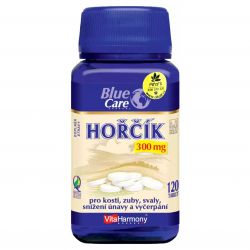
VitaHarmony magnesium helps to maintain bone, teeth and muscles, helps to reduce fatigue and exhaustion, also has significant antispasmodic effect.
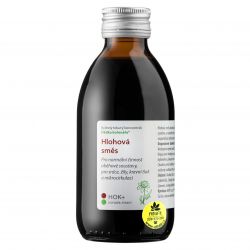
Dědek kořenář Hawthorn mixture HOK + For normal functioning of the circulatory system, for the heart, veins, blood pressure and microcirculation. Hawthorn mixture contains herbs that support the normal functioning of the circulatory system ...
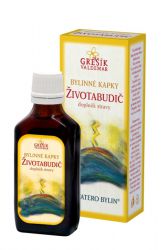
Grešík Life Exciter Herb Drops a positive effect on mental and physical vitality of the body. It contains caffeine. Herbal drops are characterized by high concentrations of active ingredients. Containing extract of Chinese Tea, Aronia fetus black, ...
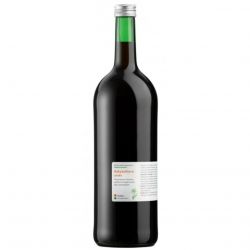
Dědek kořenář Sea Buckthorn Mixture RAK is suitable for immune support and apoptosis abnormal cells. It contains herbal extract of sea buckthorn, echinacea, dandelion, wormwood, yarrow, pansies, sweet flag, birch. ...
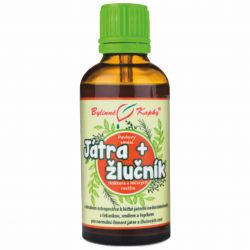
Bylinné kapky Liver and Gallbladder is a natural herbal extract for healthy liver and gallbladder. Ensures normal airway and skin condition. Liver + Gallbladder Tincture is an herbal extract from medicinal plants that ensures normal liver and ...
Related Products - Wolfberry Pineapple - lyophilized fruit - freeze-dried 20 g
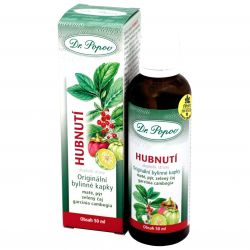
Packing: 50 ml
Availability: In Stock
| Price with VAT | 116,- Kč |
| Discount | 10 % |
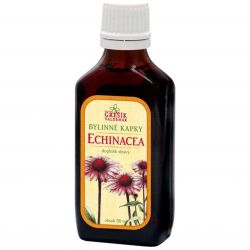
Packing: 50 ml
Availability: In Stock
| Price with VAT | 89,- Kč |
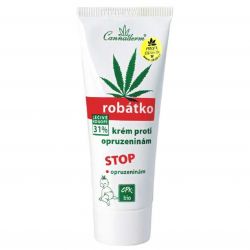
Packing: 75 g
Availability: In Stock
| Price with VAT | 230,- Kč |
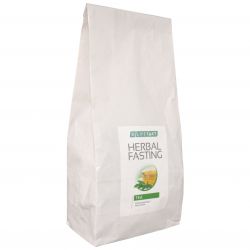
Packing: 250 g
Availability: In Stock
| Price with VAT | 510,- Kč |
| Discount | 20 % |
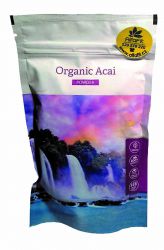
Packing: 100 g
Availability: In Stock
| Price with VAT | 390,- Kč |
| Discount | 22 % |
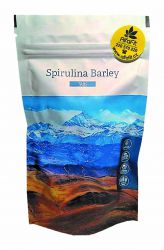
Packing: 200 tablets
Availability: In Stock
| Price with VAT | 390,- Kč |
| Discount | 22 % |
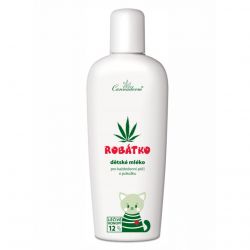
Packing: 150 ml
Availability: In Stock
| Price with VAT | 199,- Kč |
| Discount | 23 % |

Packing: 150 ml
Availability: In Stock
| Price with VAT | 262,- Kč |
| Discount | 3 % |